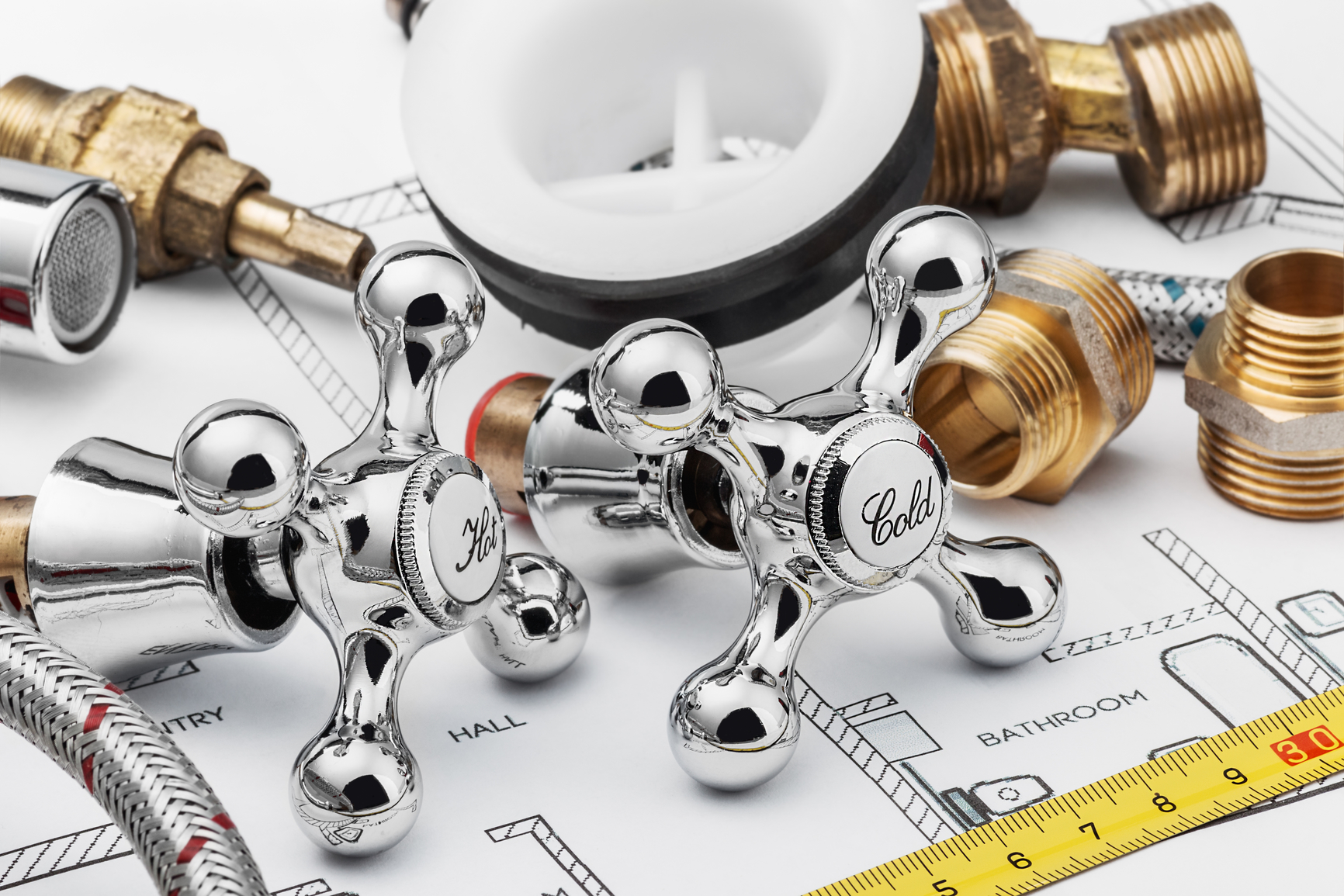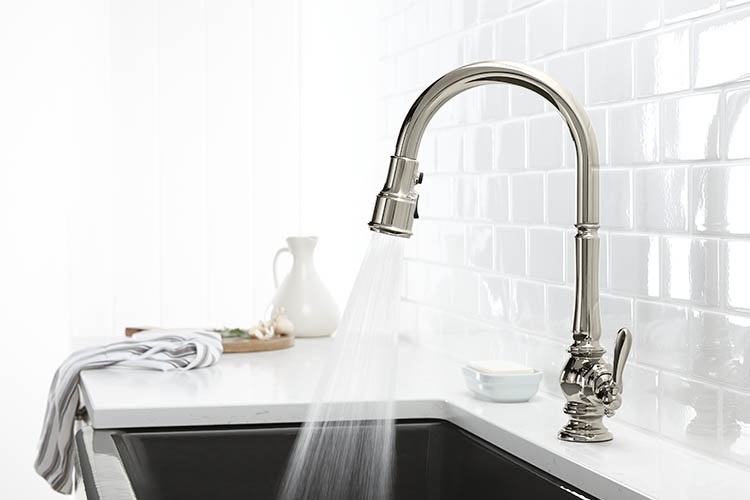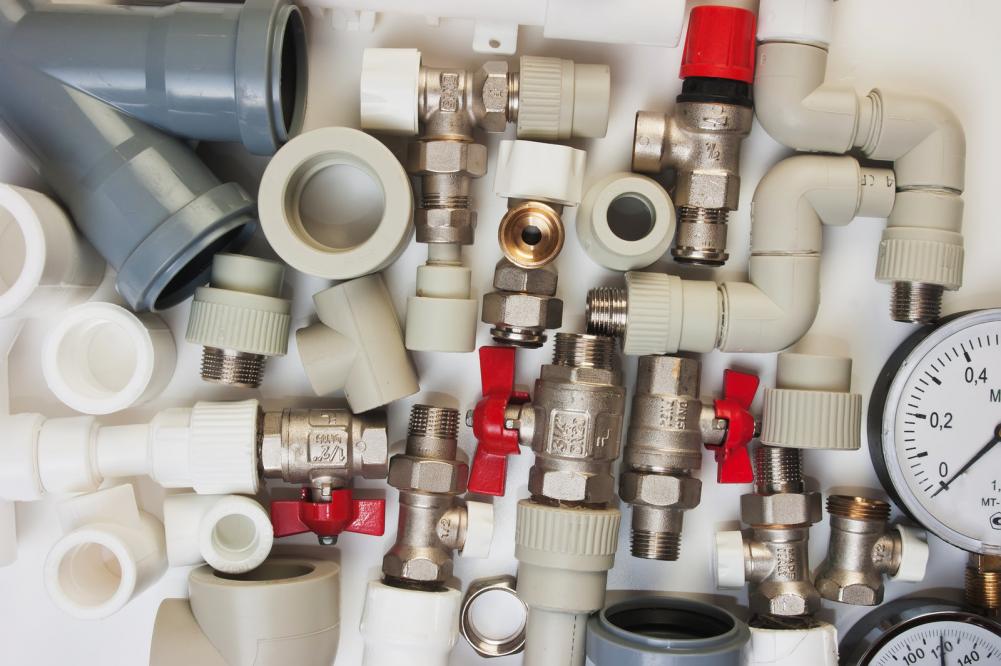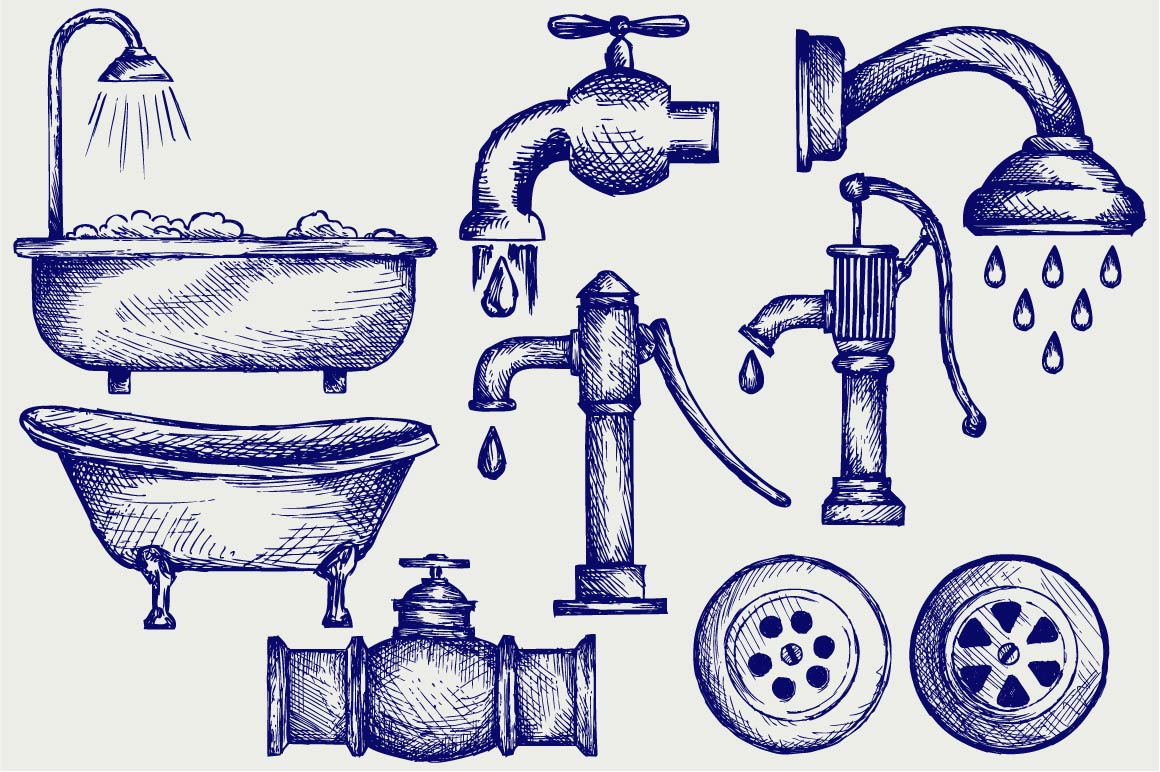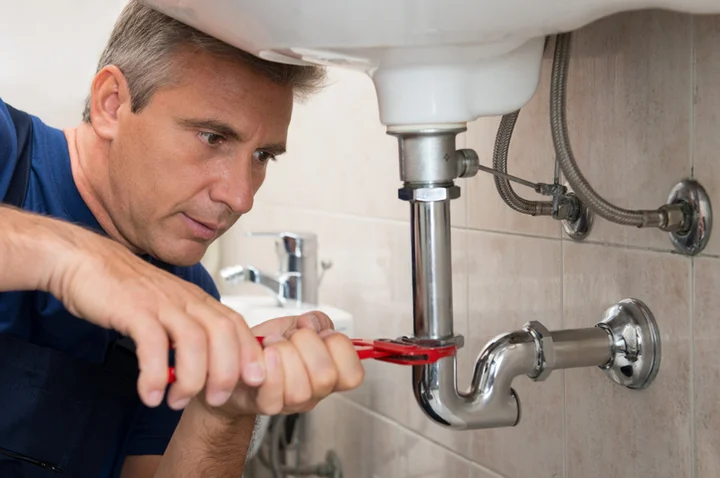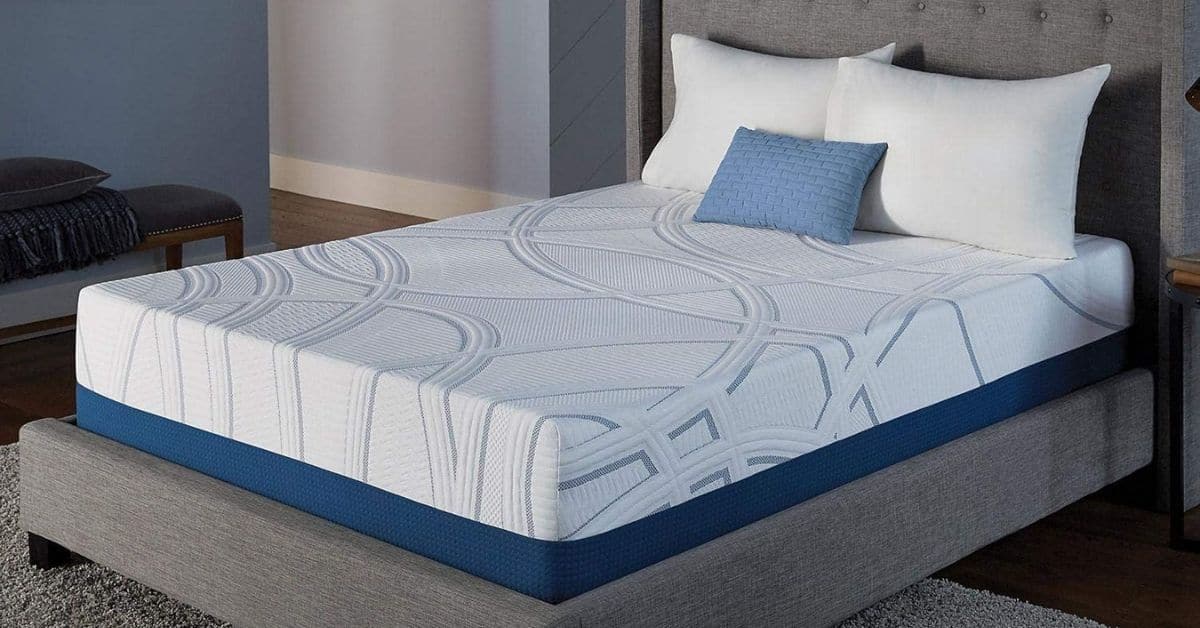If your kitchen sink water pressure is low, the first thing you should check is the aerator. This small device is located at the end of the faucet and is responsible for mixing air with the water to create a steady flow. Over time, mineral deposits and debris can build up in the aerator, causing it to clog and restrict water flow. To check the aerator, simply unscrew it from the faucet and clean it thoroughly with a toothbrush and warm water. If it is severely clogged, you may need to soak it in vinegar overnight to dissolve the build-up. Once it is clean, screw it back onto the faucet and turn on the water to see if the pressure has improved. Low water pressure in the kitchen sink can be a frustrating problem, but it is often an easy fix. By checking the aerator, you can quickly determine if this is the cause of your low water pressure.Check the aerator
If cleaning the aerator does not improve the water pressure in your kitchen sink, the next thing to check is the water supply valve. This valve controls the flow of water into your home and if it is not fully open, it can cause low water pressure. The valve is usually located under the sink, near the pipes. Check to make sure the valve is fully open by turning it all the way to the left. If it is already open, try turning it off and then back on again. This can help dislodge any debris that may be blocking the valve. If the valve is still not fully open, you may need to replace it. It is important to regularly check the water supply valve to ensure it is fully open and functioning properly. This can help prevent low water pressure in your kitchen sink and throughout your home.Check the water supply valve
Another common cause of low water pressure in the kitchen sink is a faulty water pressure regulator. This device is responsible for controlling the water pressure in your home and if it is not working correctly, it can lead to low water pressure. The water pressure regulator is usually located near the main water supply valve. Check to see if it is set to the correct pressure. If it is set too low, you can adjust it by turning the screw clockwise. If it is set too high, you may need to replace the regulator altogether. A faulty water pressure regulator can cause a variety of issues, including low water pressure. By checking and adjusting it as needed, you can ensure your kitchen sink has a steady flow of water.Check the water pressure regulator
If the aerator, water supply valve, and water pressure regulator are all functioning properly, the next step is to check for clogs in the pipes. Over time, debris and mineral deposits can build up in the pipes, causing them to become clogged and restrict water flow. To check for clogs, first turn off the water supply to the kitchen sink. Then, disconnect the pipes under the sink and check for any blockages. If you find a clog, you can try using a plunger or a plumbing snake to remove it. Once the clog is cleared, reassemble the pipes and turn the water supply back on. Regularly checking for clogs in your pipes can help prevent low water pressure and other plumbing issues. If you do find a clog, be sure to remove it promptly to avoid further problems.Check for clogs in the pipes
Another potential cause of low water pressure in your kitchen sink is leaks in the pipes. Even small leaks can lead to a significant decrease in water pressure, as they can reduce the amount of water reaching your faucet. To check for leaks, turn off the water supply to the kitchen sink and inspect the pipes for any signs of leaking. If you find a leak, you may be able to fix it with a simple patch or by tightening a connection. However, if the leak is severe, you may need to call a plumber for professional repair. Fixing leaks in your plumbing is not only important for maintaining water pressure, but it can also help save you money on your water bill. If you suspect a leak, be sure to address it promptly.Check for leaks in the pipes
In some cases, the cause of low water pressure in the kitchen sink may be related to the water heater. If the water heater is not functioning properly, it may not be able to supply enough hot water to the kitchen faucet, resulting in low water pressure. To check the water heater, first make sure it is turned on and set to the correct temperature. If it is on and set correctly, check the temperature pressure relief valve to ensure it is not leaking. If you notice any issues with the water heater, it may be time to call a professional for maintenance or repair. Regular maintenance of your water heater can help prevent issues such as low water pressure. Be sure to schedule annual check-ups and address any problems promptly to avoid further complications.Check the water heater
If you have a water softener in your home, it could be the cause of low water pressure in your kitchen sink. A water softener works by removing minerals from the water, but if it is not working correctly, it can cause a buildup of these minerals in the pipes, leading to clogs and low water pressure. To check the water softener, first make sure it is turned on and set to the correct settings. If it is functioning properly, you may need to clean or replace the resin beads that are responsible for removing minerals from the water. If you are unsure how to do this, it is best to call a professional for assistance. Regular maintenance of your water softener is important for ensuring it is working correctly and not causing issues such as low water pressure. By keeping it in good condition, you can enjoy a steady flow of water in your kitchen sink.Check the water softener
If your kitchen sink has a built-in water filter, it is important to regularly check and replace it as needed. Over time, the filter can become clogged with debris, reducing water flow and resulting in low water pressure. To check the water filter, first turn off the water supply to the kitchen sink. Then, remove the filter and inspect it for any signs of clogging. If it is significantly clogged, you can try cleaning it with warm water or replace it with a new one. Once the filter is clean or replaced, turn the water supply back on and check the water pressure. Regularly checking and replacing your water filter can help prevent low water pressure in your kitchen sink and ensure your water is clean and safe to use.Check the water filter
If none of the above solutions have improved the water pressure in your kitchen sink, it may be time to check the plumbing fixtures themselves. Over time, wear and tear can cause fixtures to become loose or damaged, resulting in a decrease in water pressure. To check the fixtures, first inspect all connections and tighten any that may be loose. If the fixtures are damaged, you may need to replace them. This is often a simple and inexpensive fix that can greatly improve water pressure in your kitchen sink. Regularly checking and maintaining your plumbing fixtures can prevent issues such as low water pressure and ensure your kitchen sink is functioning properly.Check the plumbing fixtures
If you have tried all of the above solutions and are still experiencing low water pressure in your kitchen sink, it may be time to call a professional plumber for assistance. They will have the necessary tools and expertise to accurately diagnose and fix the issue, ensuring your kitchen sink has a steady flow of water once again. While there are many common causes of low water pressure in the kitchen sink, there may be underlying issues that require professional attention. Do not hesitate to call a plumber for help if you are unable to resolve the issue on your own.Call a plumber for professional help
Common Causes of Low Kitchen Sink Water Pressure

The kitchen sink is an essential part of any household, used for cooking, cleaning, and washing dishes. So, when the water pressure in the kitchen sink is low, it can be quite frustrating and inconvenient. There are several reasons why your kitchen sink water pressure may be low, and it is essential to identify the cause in order to fix the issue. Here are some of the most common causes of low kitchen sink water pressure:
1. Clogged Pipes

One of the most common causes of low water pressure in the kitchen sink is clogged pipes. Over time, debris, mineral deposits, and other materials can build up and clog the pipes, restricting water flow. This can be easily fixed by using a plunger or a plumbing snake to clear out the clog. If the clog is severe, you may need to call a professional plumber to help.
2. Faulty Faucet

If you notice that the water pressure is low only in your kitchen sink and not in any other faucets in your house, then the problem may lie with the faucet itself. A faulty or damaged faucet can cause low water pressure by restricting the flow of water. In this case, you may need to replace the faucet to restore the water pressure.
3. Water Supply Issues
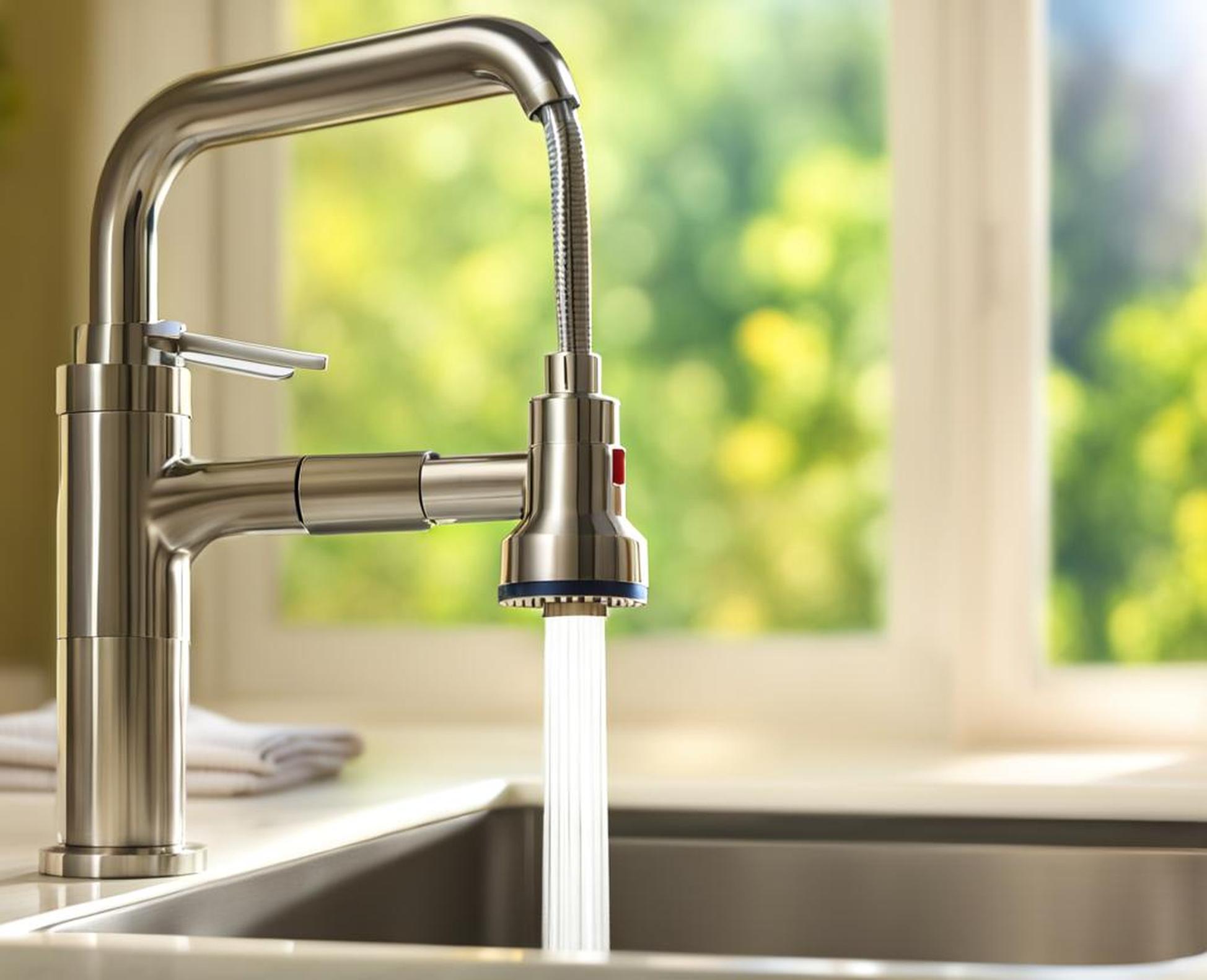
Another common cause of low water pressure in the kitchen sink is an issue with the main water supply. If there is a leak in the main supply line or if the water pressure coming into your house is low, it will affect the water pressure in all of your faucets, including the kitchen sink. You may need to contact your water provider to address this issue.
4. Plumbing System Problems

If your kitchen sink water pressure is consistently low, there may be an issue with your plumbing system. This could be due to old or damaged pipes, incorrect pipe sizing, or even a water pressure regulator that needs to be adjusted. It is best to consult a professional plumber to assess and fix any potential plumbing system problems.
In conclusion, low water pressure in the kitchen sink can be caused by various factors, and it is important to identify the root cause in order to fix the issue. By addressing the underlying problem, you can ensure that your kitchen sink water pressure is restored and you can go back to using it efficiently for all your daily tasks.


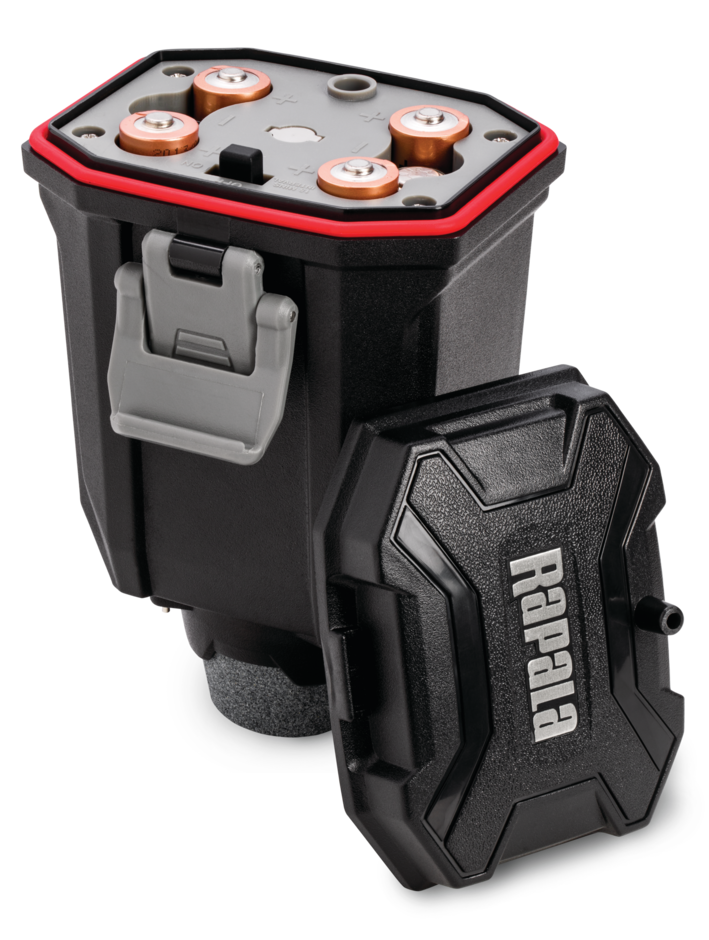







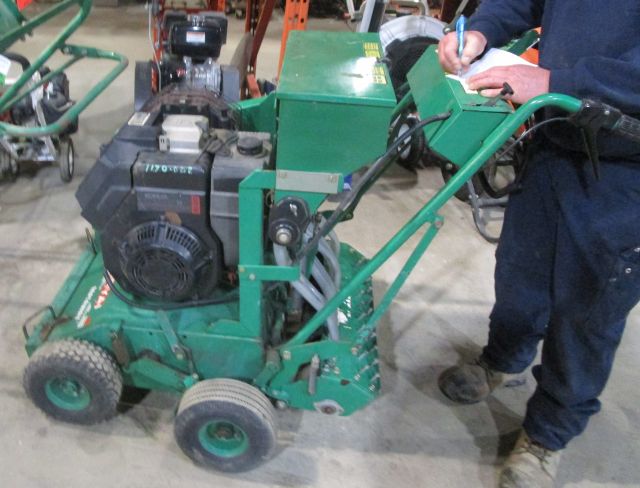
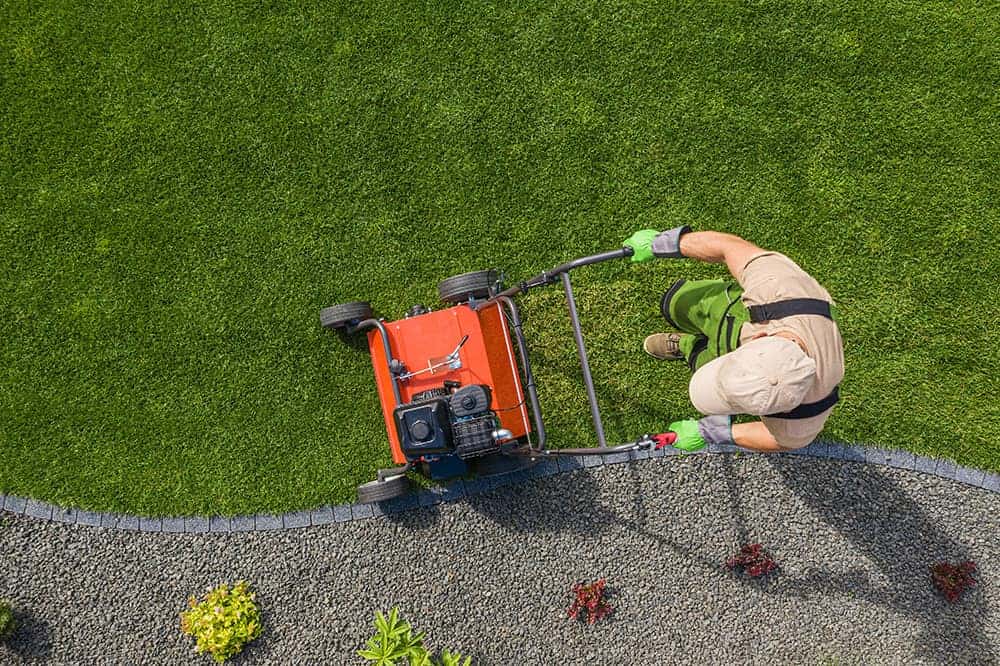
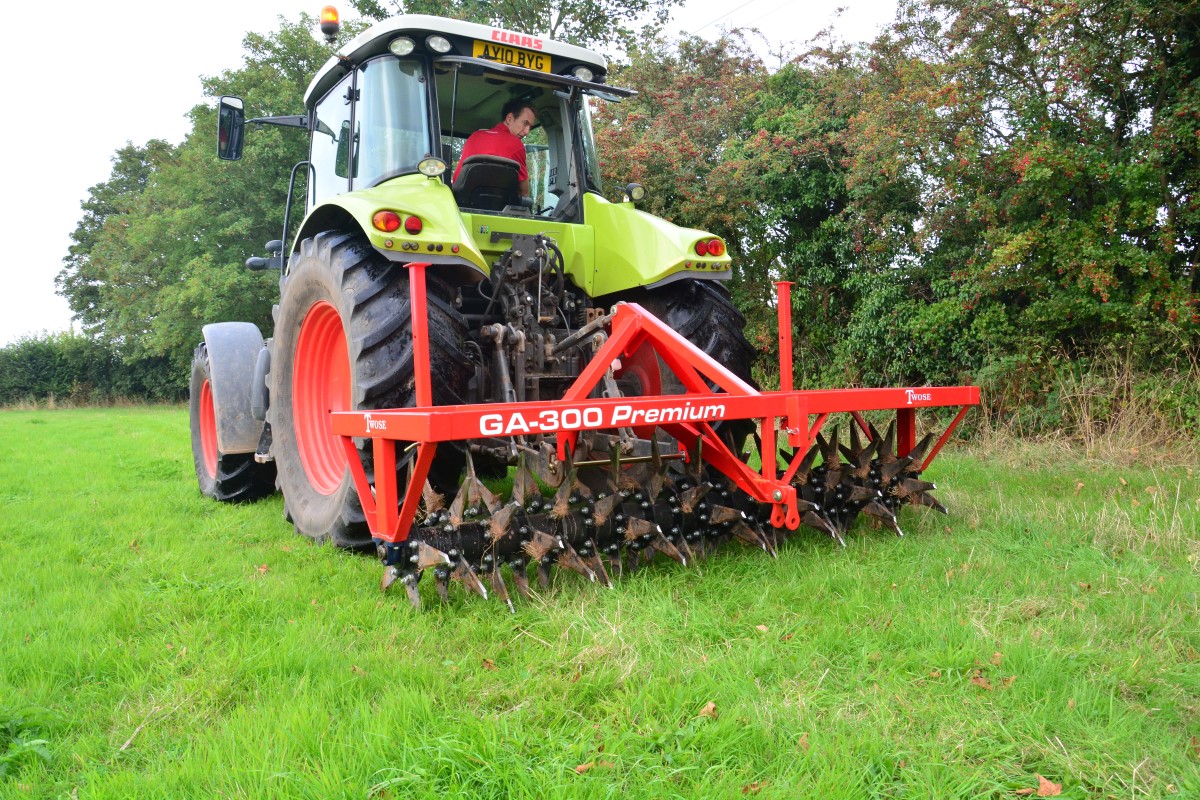
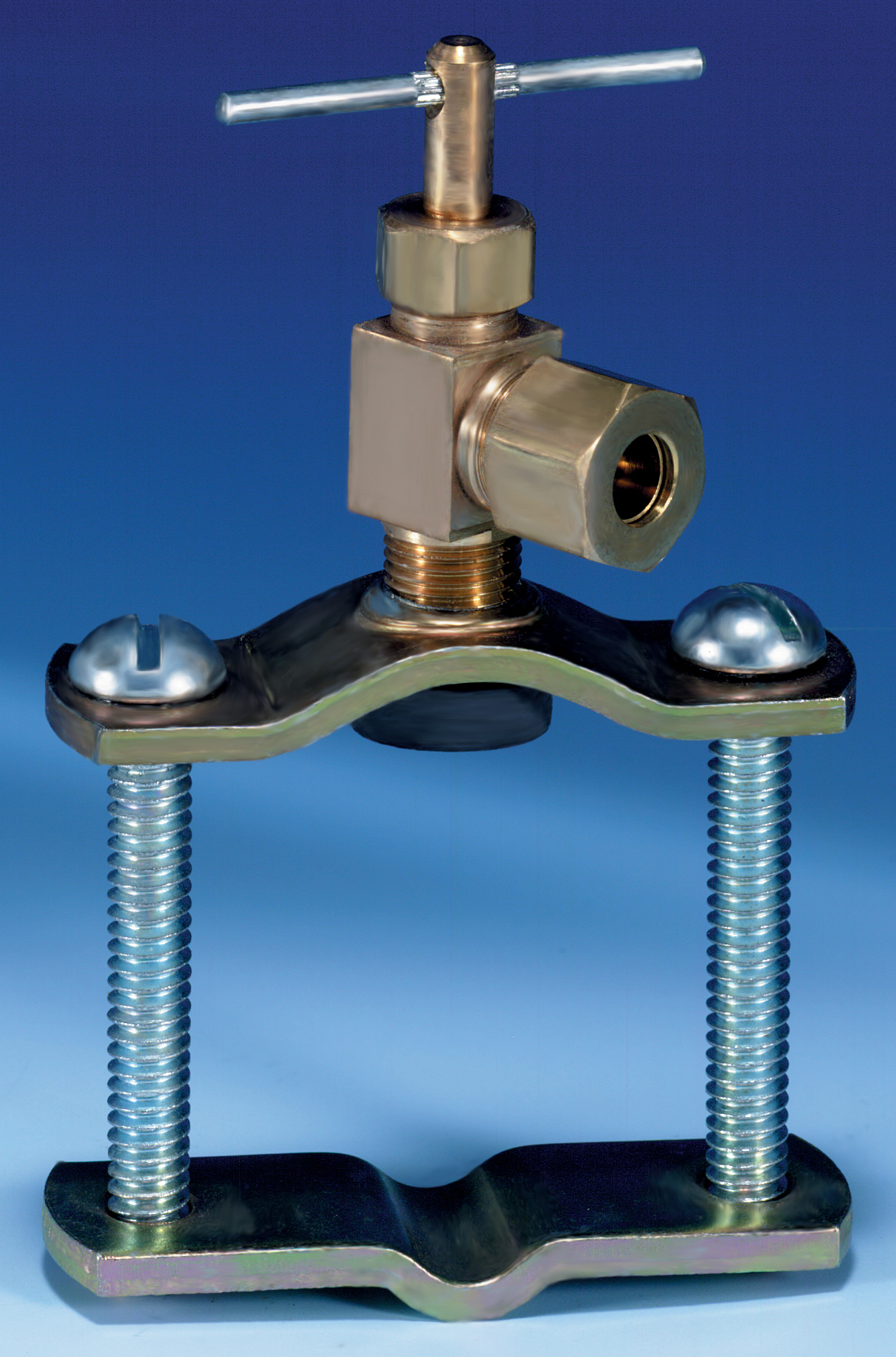




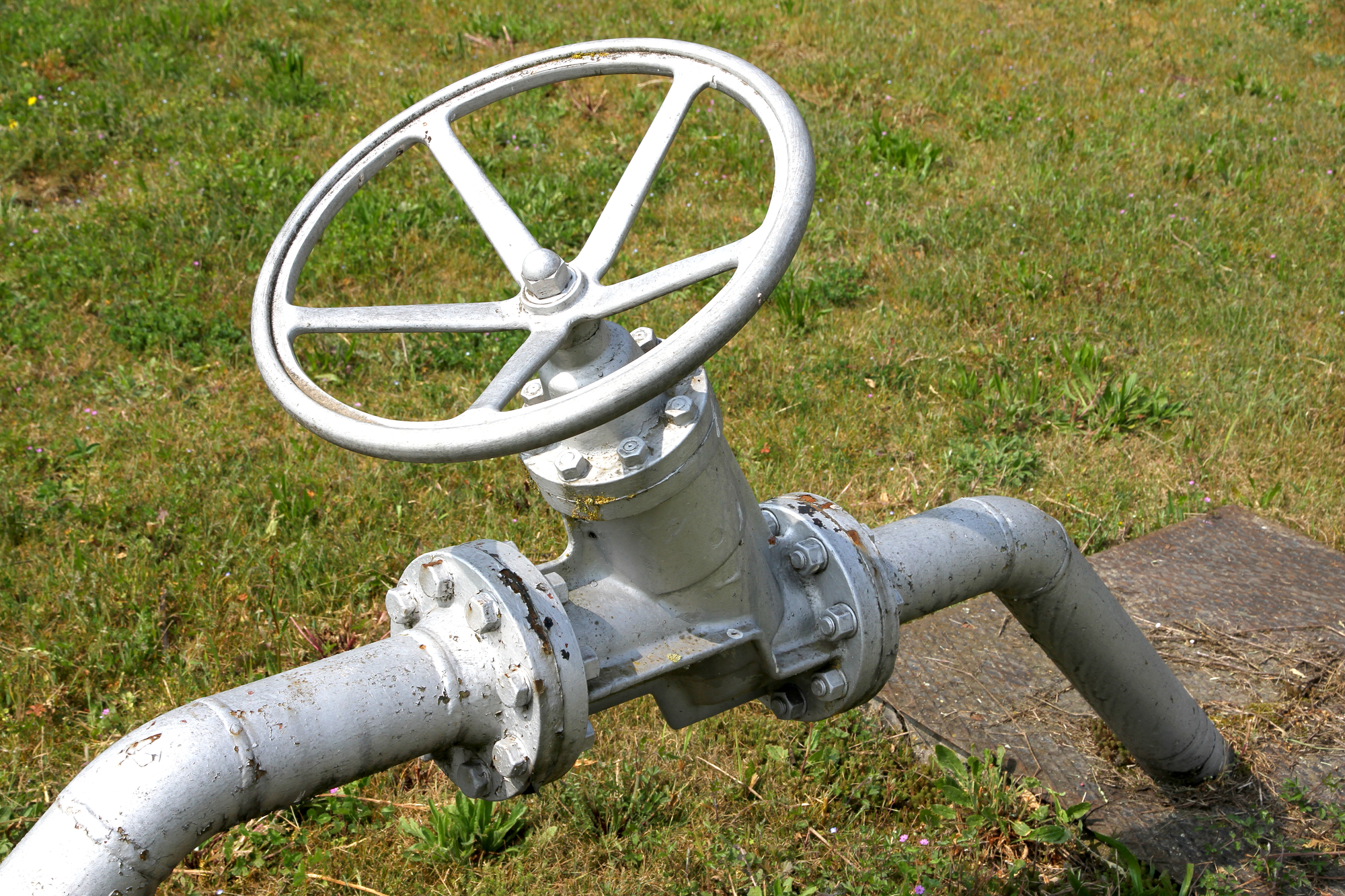
:max_bytes(150000):strip_icc()/GettyImages-106572292-3658474337224eda8721faead4f91390.jpg)
/human-hand-turn-off-shut-off-valve-home-water-supply--825171248-f1141ec757064532ac5aafd93efbf189.jpg)

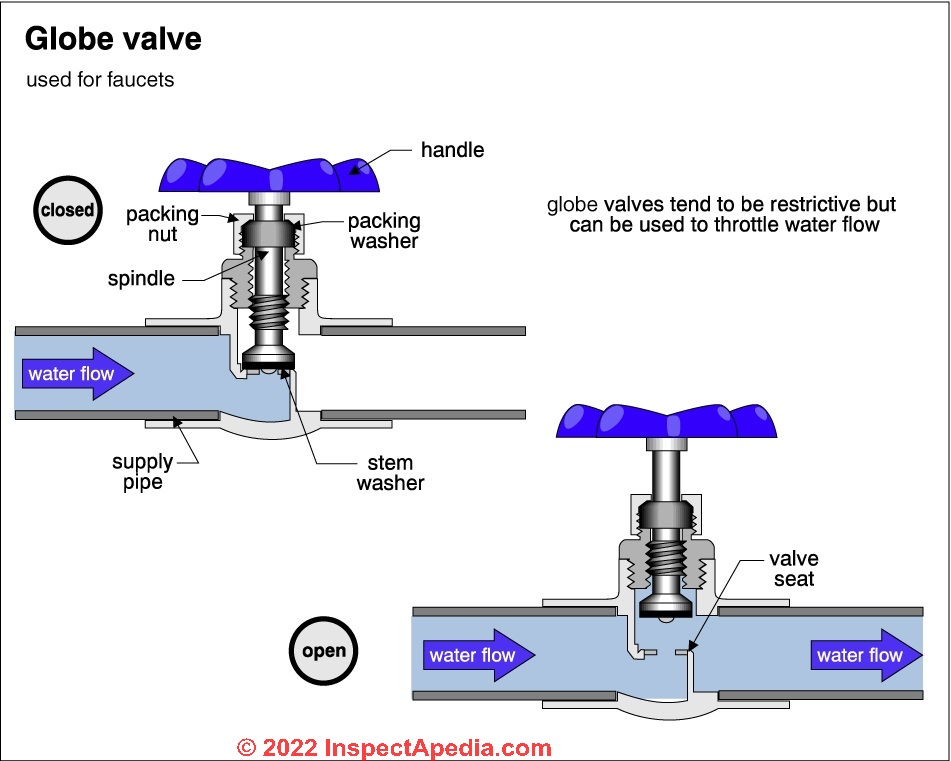
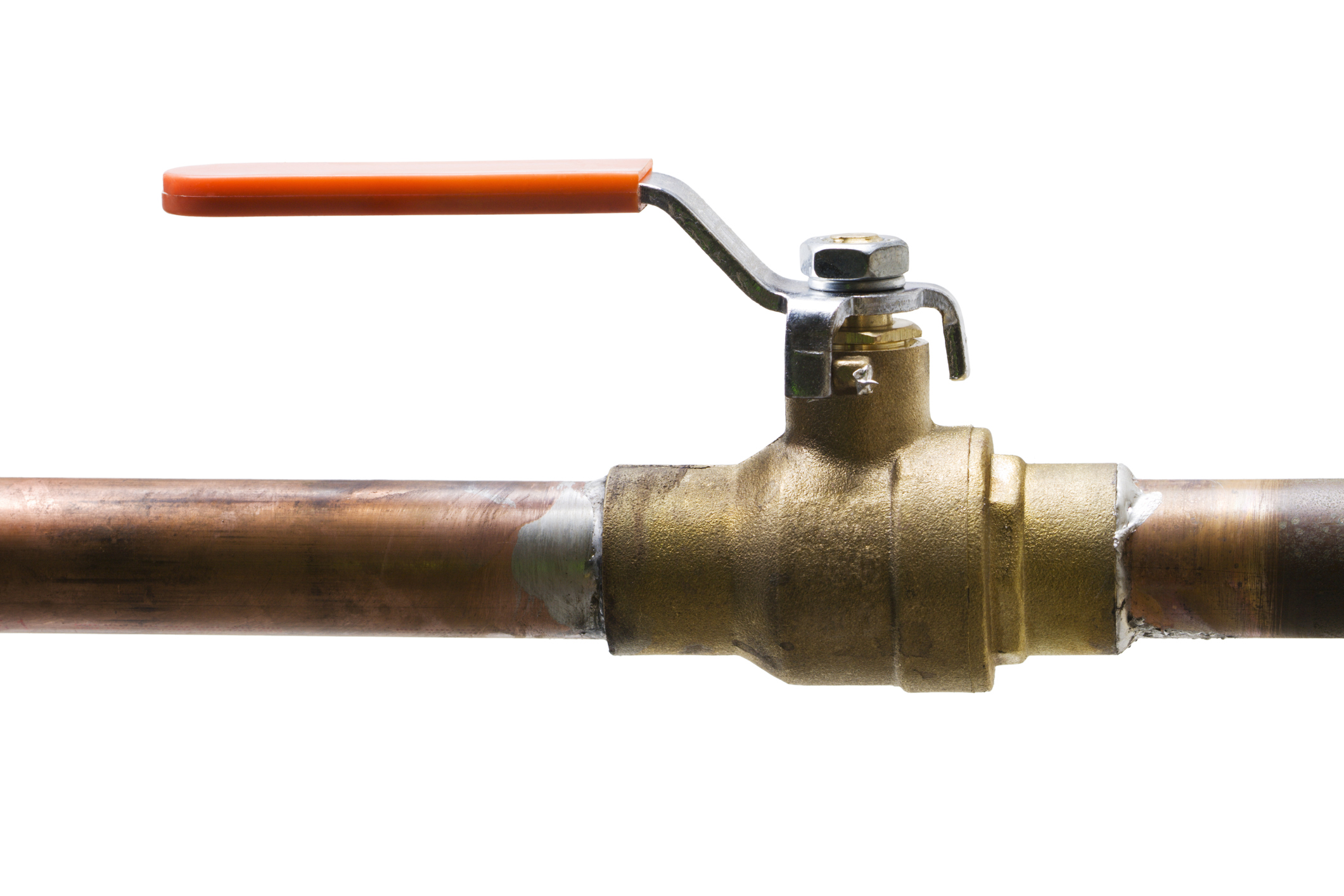




:max_bytes(150000):strip_icc()/the-men-s-hand-opens-the-ball-valve-on-the-collector-1006810456-5c5fc73fc9e77c000159c4af.jpg)







:max_bytes(150000):strip_icc()/testing-water-pressure-in-your-home-2718692-04-c37ab3236d0d4b61b87079ebf9ef823e.jpg)
















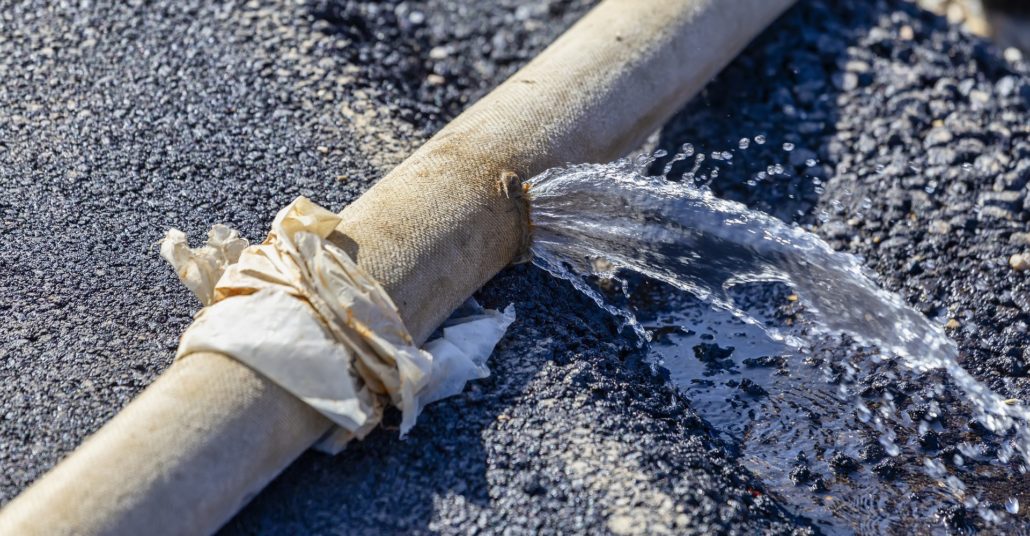



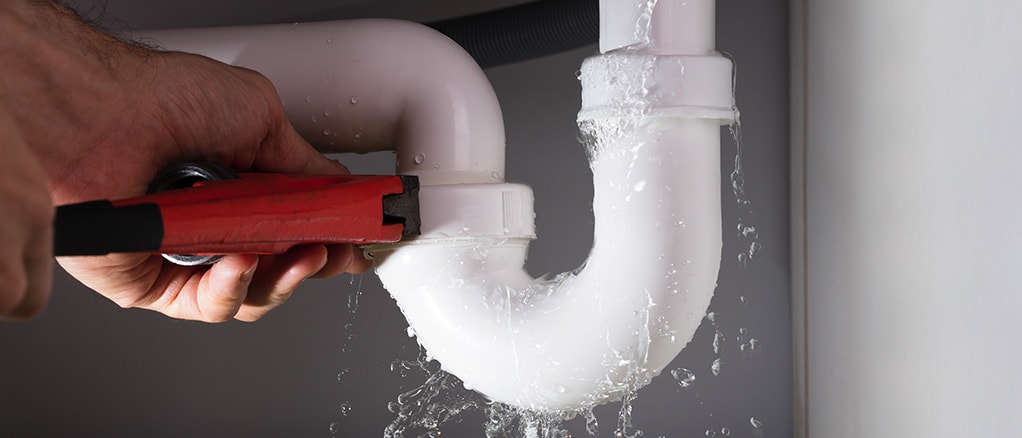

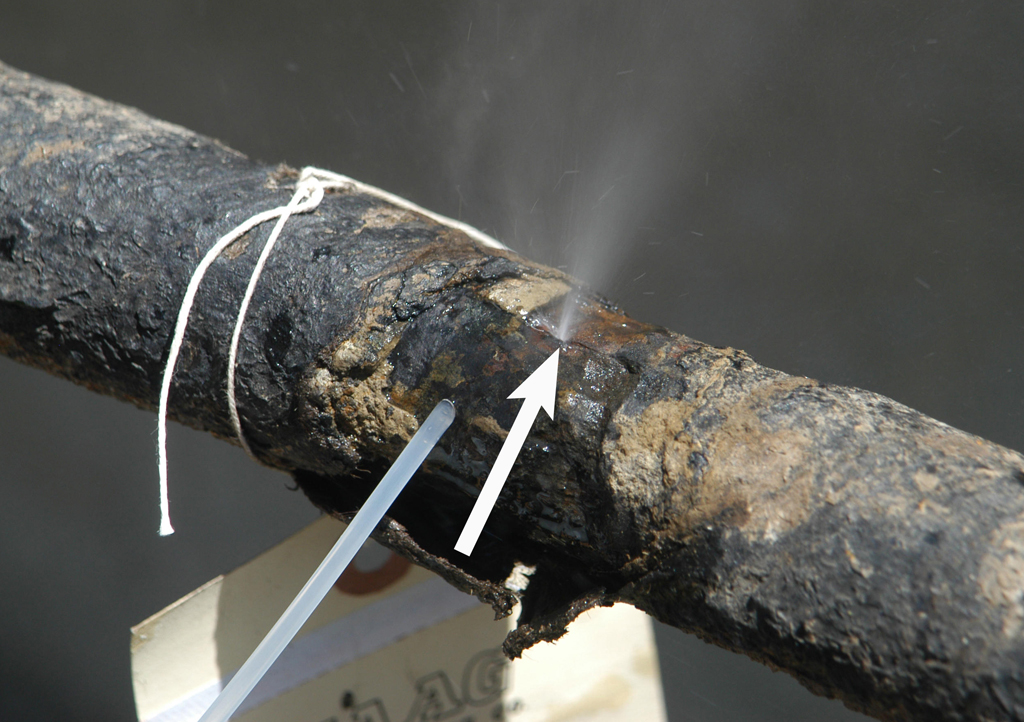
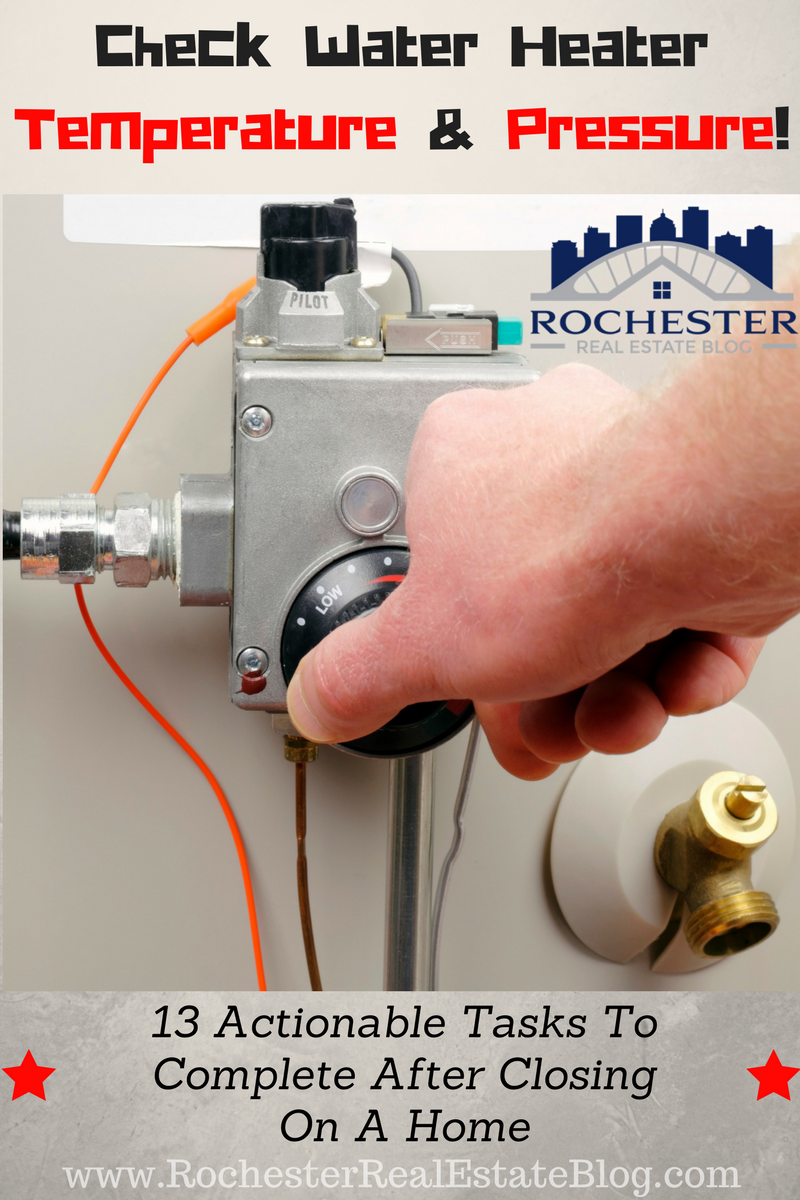




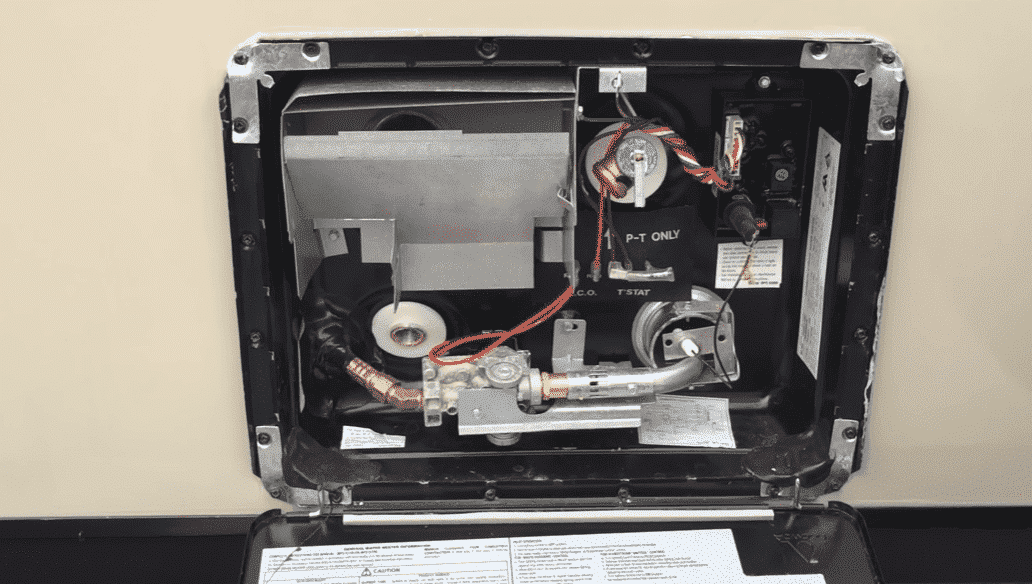
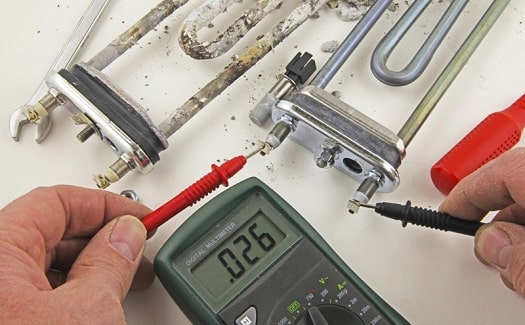

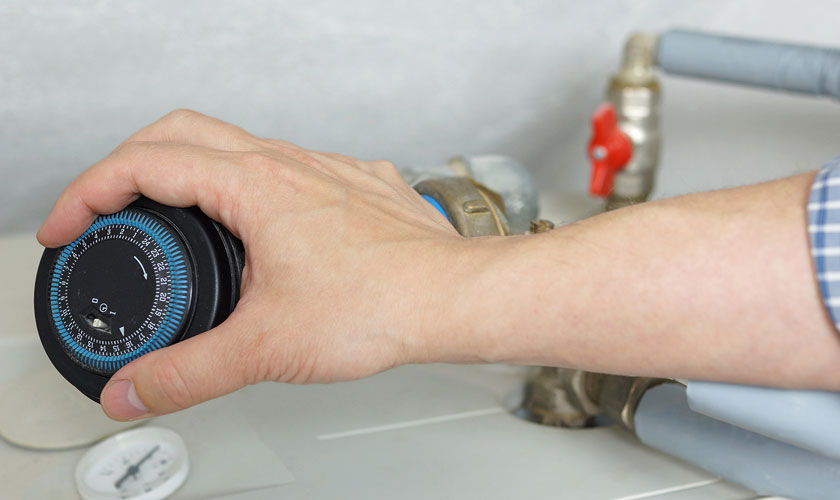
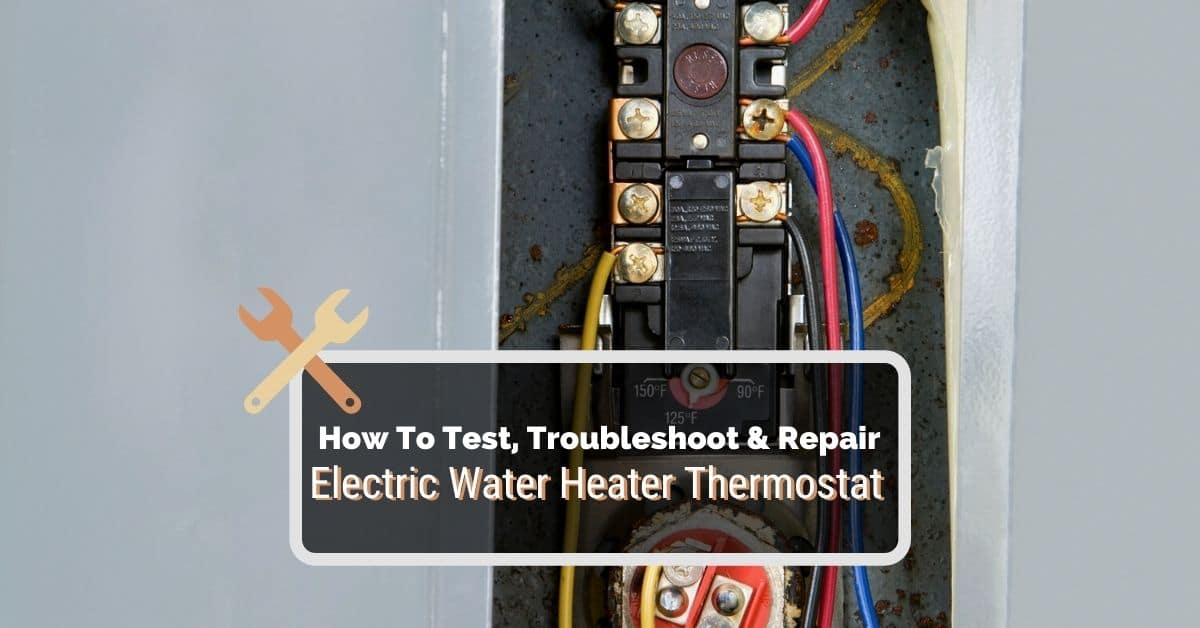

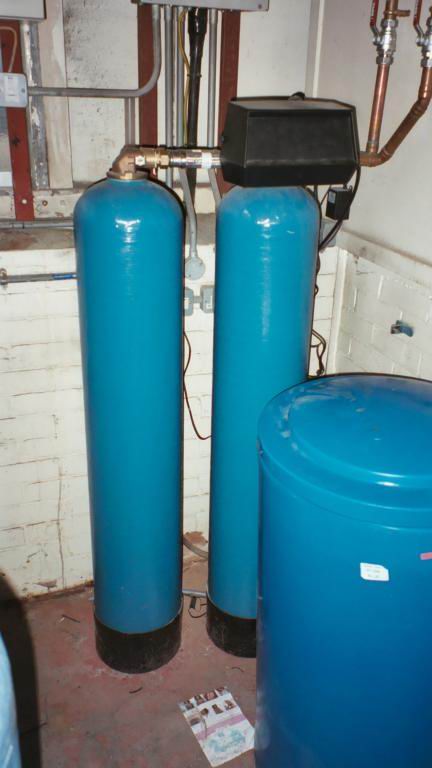

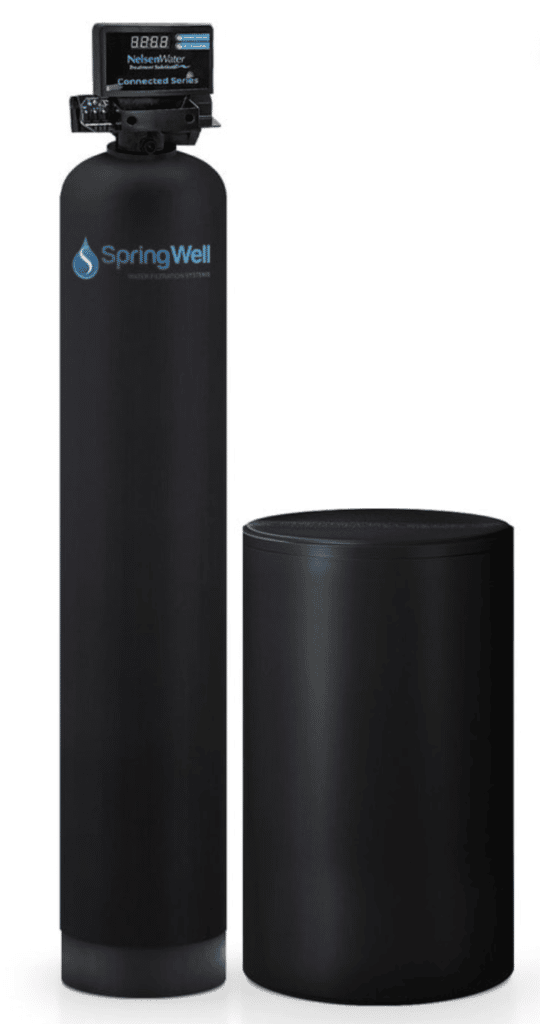
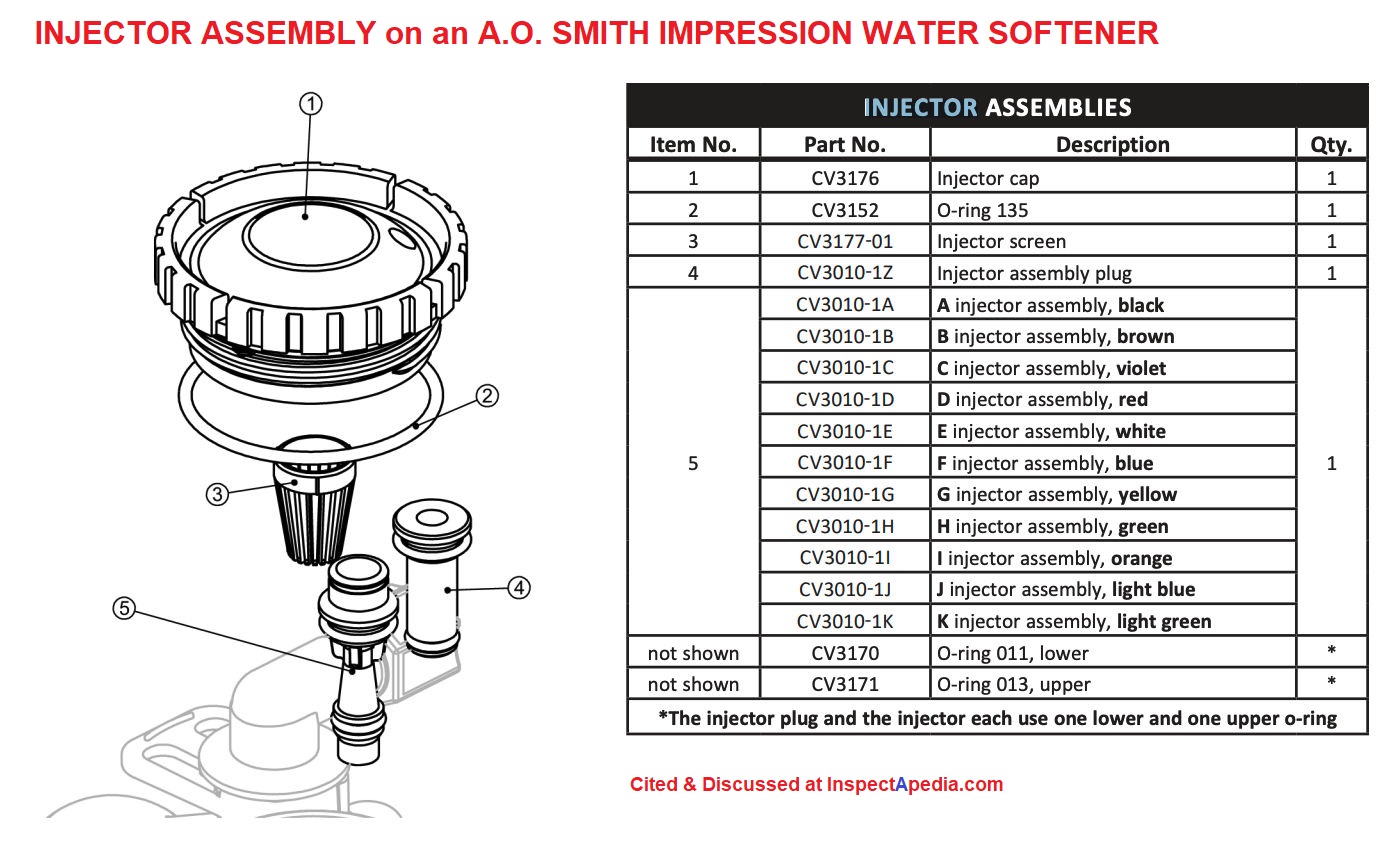

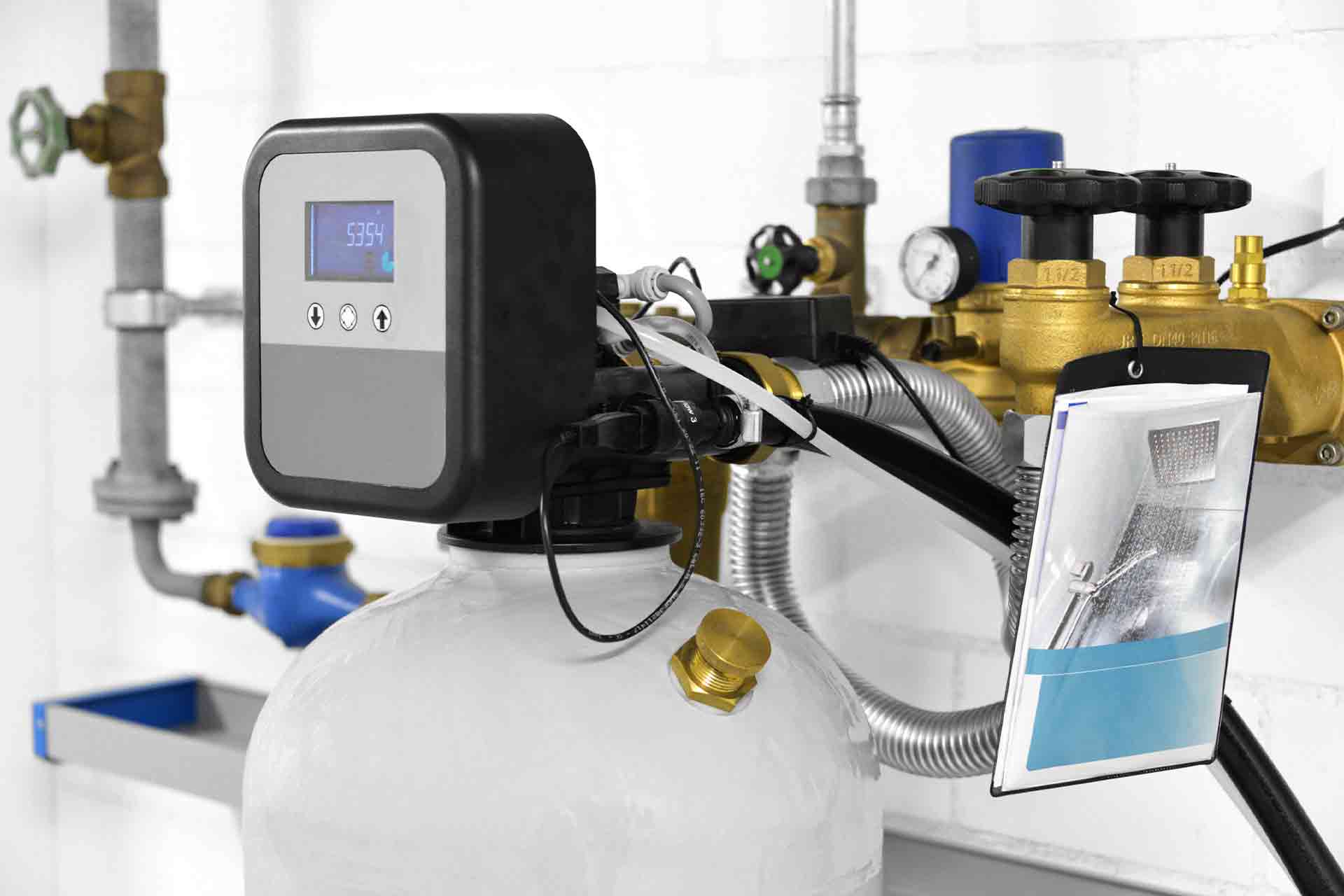

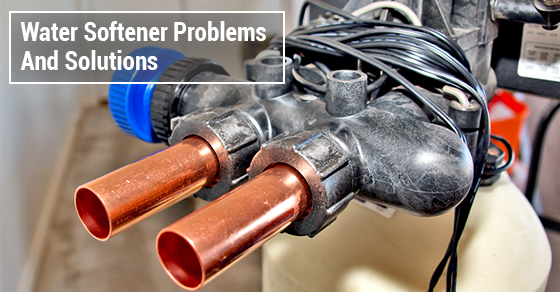
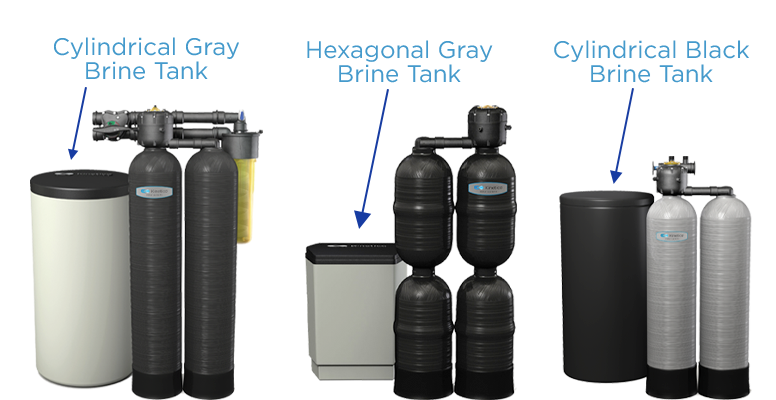
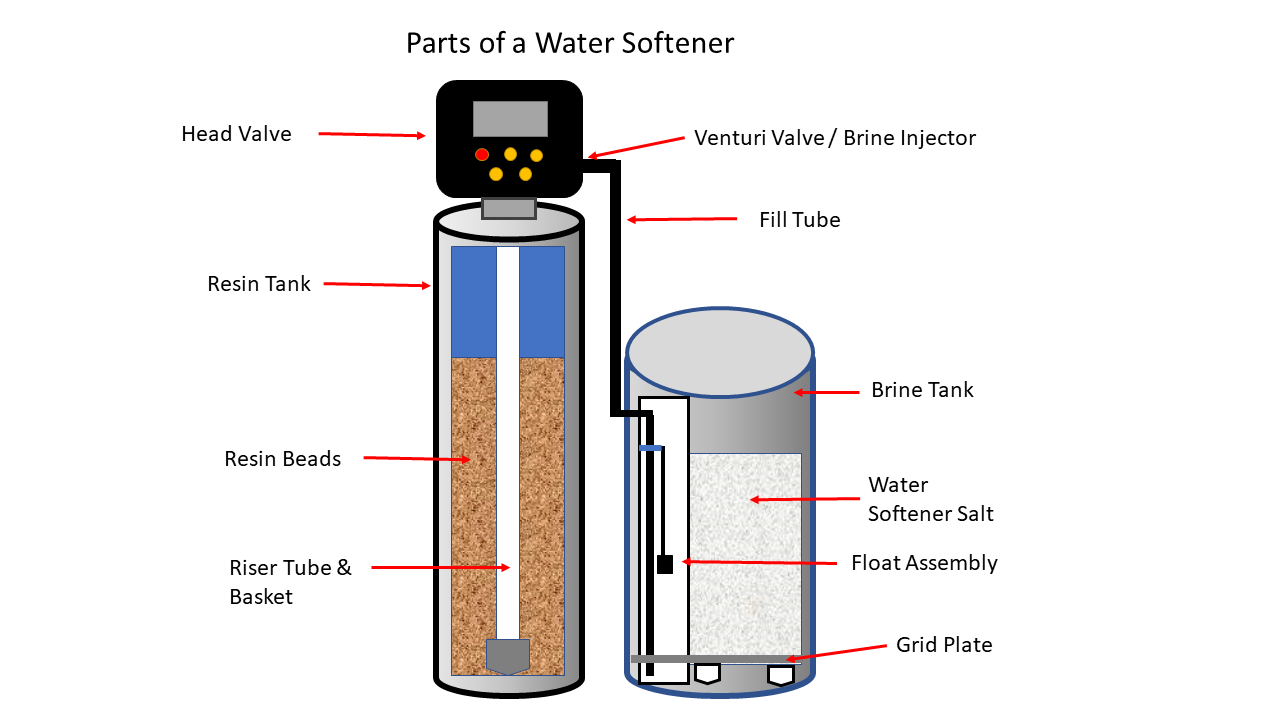







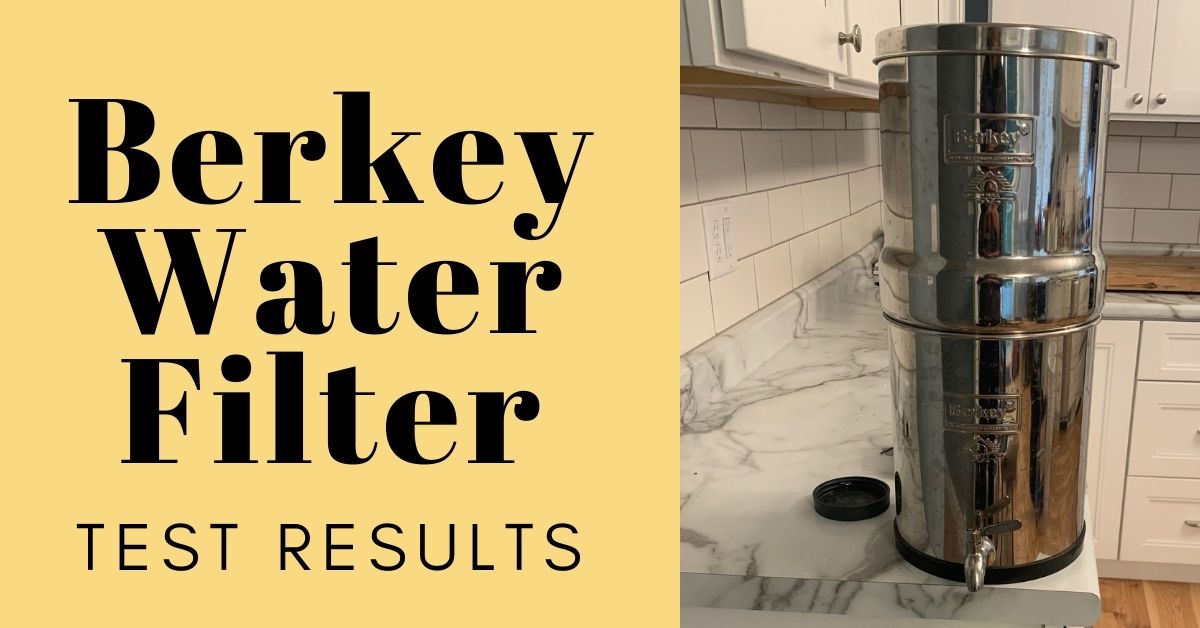
/cdn.vox-cdn.com/uploads/chorus_image/image/63879746/WaterFilter_2.0.jpg)
:max_bytes(150000):strip_icc()/Household_Plumbing_Checklist_Final-33e19ec46c86438c83fc1efee56797d8.jpg)



